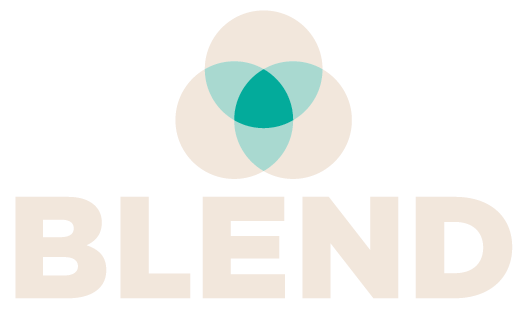Needs Analysis
At Blend when we start an eLearning project, we make sure to understand what the end client wants to achieve. We call this the discovery stage and the first step is to complete a needs analysis.
It pays to sit back and ask why clients need the training in the first place; and why the learners needs it? Blend facilitates a needs analysis to get answers to a few fundamental questions. And then we visualise everything to align all stakeholders and make the route ahead clear.
The key to success is always to start with setting a goal. Blend uses this as a compass throughout the project to stay on course and enable the client to measure tangible impact at the end. Whether it is to upgrade old courses and improve knowledge retention or create fresh content there are five key criteria we look at when setting a goal:
We use clear and concise language to eliminate uncertainty and misalignment.
This enables everyone to determine the impact and success of the project.
This ensures the goal is realistic and can actually be reached.
This focuses the goal on high priority areas to deliver actual impact.
This defines the milestones for the project to ensure it meets completion dates.
Blend consider if it will be a blended learning environment or purely digital. If there are dedicated trainers or coaches available, what will their involvement be? Understanding equipment and Infrastructure requirements is vital, will facilities be in place so that the client’s training idea is even possible?
At least half of people now use their phones to complete eLearning. Blend work with the client to make sure this has been considered before the design of the eLearning and training.
People’s attention spans vary greatly between demographics and generations. Will the learners have to focus for significant periods of time? Can they do the eLearning or training in short bursts of micro-learning and what time is allocated for users to complete the training ?
Blend build up a complete persona of the user/learner. Demographics, educational level, learning goals and challenges are all key things we consider. A learner persona is a key part of the Needs Analysis and discovery process in general. We ensure we have a clear idea of who the learner is during this phase, in this way we can focus the design and development, and the eLearning will be much more effective.
A Grandma would require a different type of eLearning than a 10 year old. However, age is just one factor. What is their level of education? What is their family situation? How do they spend their free time? What are their values? Are they interested in self-development? What type of learner are they? The answer to all these questions inform the type of learning that Blend builds. Some people are stronger auditory learners. Others visual. Other kinaesthetic. The more information we have about a learner the better.
One of Blends favourite questions when building a learner profile is asking what are their pain points? What is stopping them achieve the goal and objective required; and what the training or eLearning will solve.
If there is existing training Blend carefully analyse it with the client and establish the successes and failures, what can be improved and in some cases what can be removed. Once a focused learning goal is set it is just as important to look for content that can be removed as it is to add new content – everything should work in service of the goal, here at Blend we like a fat-free approach to our eLearning.
The need analysis culminates in a document detailing the approach Blend reccomends to make the most of your eLearning. This includes the goals we are aiming for, who they are for and how their success will be measured. Then we also outline our approach to achieving it.
Blend are big advocates of interactive workshopping. We prefer them to meetings as they enable us to quickly visualise a project so everyone is aligned on the direction of a project.
We use Miro – a digital whiteboarding app – to map out all aspects of the needs analysis and help build a picture not just of the learner but of the project roadmap leading to the goals we set with the client.
Once we have everything clearly laid out and everyone is aligned on our learning objectives Blend move confidently on to the next stages of the project.







